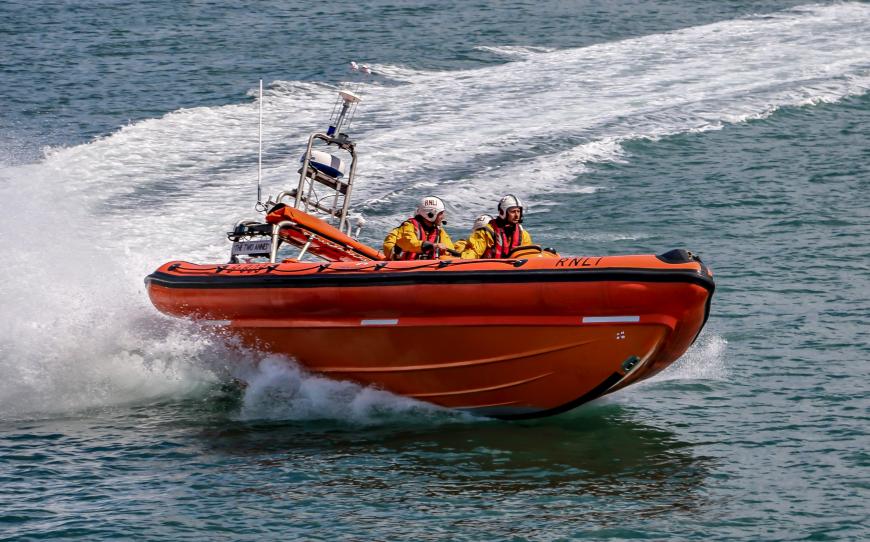Navigating the seas requires a deep understanding of the regulations and equipment associated with rescue boats. Whether you’re a beginner in maritime safety or someone looking to refresh their knowledge, this guide covers the crucial points you need to know.
1. General Requirements for Rescue Boats
1.1 Compliance with Regulations Rescue boats must adhere to specific regulations, ensuring safety standards are met across various parameters.
1.2 Construction and Size Rescue boats can be rigid, inflatable, or a combination, with defined size criteria and seating arrangements for a specified number of persons.
1.3 Sheer and Bow Cover Rescue boats should have adequate sheer, and a bow cover extending for at least 15% of its length is mandated.
1.4 Fuel and Speed Every rescue boat must carry sufficient fuel and maintain a minimum speed for a specified duration with a full complement of persons and equipment.
1.5 Mobility and Manoeuvrability Rescue boats should possess sufficient mobility and manoeuvrability to perform critical tasks such as retrieving persons from the water and towing liferafts.
1.6 Engine and Towing Arrangements Fitted with either inboard engines or outboard motors, rescue boats must also have robust towing arrangements.
1.7 Bailing and Self-Bailing All rescue boats need effective means of bailing or should be automatically self-bailing.
1.8 Visibility Rescue boats must provide adequate visibility for safe launching, manoeuvring, and overboard retrieval.
2. Rescue Boat Equipment
2.1 Securing Equipment All rescue boat equipment, excluding boat hooks, must be securely stored to avoid interference during critical procedures.
2.2 Standard Equipment Standard equipment includes buoyant oars, compass, sea anchor, first aid kit, and various safety tools tailored to specific boat types.
2.3 Additional Equipment for Rigid and Inflated Boats Rigid boats require extra tools like a float hook and a knife, while inflated boats need specific items like a buoyant safety knife and a bellows or pump.
2.4 Construction and Marking of Inflated Rescue Boats Inflated rescue boats must meet construction and marking standards, ensuring they withstand exposure and carry essential information.
2.5 Buoyancy Requirements Specific buoyancy criteria are laid out, dictating the volume and arrangement of compartments for inflated rescue boats.
3. Additional Requirements for Fast Rescue Boats
3.1 Adverse Weather Conditions Fast rescue boats must be constructed to handle adverse weather and sea conditions, ensuring they can be safely launched and retrieved.
3.2 Compliance with Regulations While fast rescue boats must adhere to specific regulations, some exceptions apply to accommodate their unique characteristics.
3.3 Size and Speed Fast rescue boats must meet size criteria and demonstrate high-speed capabilities, even when loaded with persons and equipment.
3.4 Self-Righting and Bailing Fast rescue boats should be self-righting or easily righted by a limited number of crew members and capable of quick water drainage.
3.5 Steering and Emergency Systems Steering mechanisms, emergency systems, and automatic engine stops during capsizing are crucial for fast rescue boats.
3.6 Suspension and Strength Fast rescue boats should be equipped with reliable suspension systems, and rigid boats must withstand specific loads when suspended.
3.7 Communication Equipment A VHF radio communication set, hands-free, and watertight is a standard requirement for fast rescue boats.
Conclusion
For beginners and seasoned mariners alike, adhering to these regulations and understanding the essential equipment for rescue boats is paramount. Safety at sea depends on strict compliance and continuous preparedness, ensuring effective responses to emergencies in diverse maritime environments.

